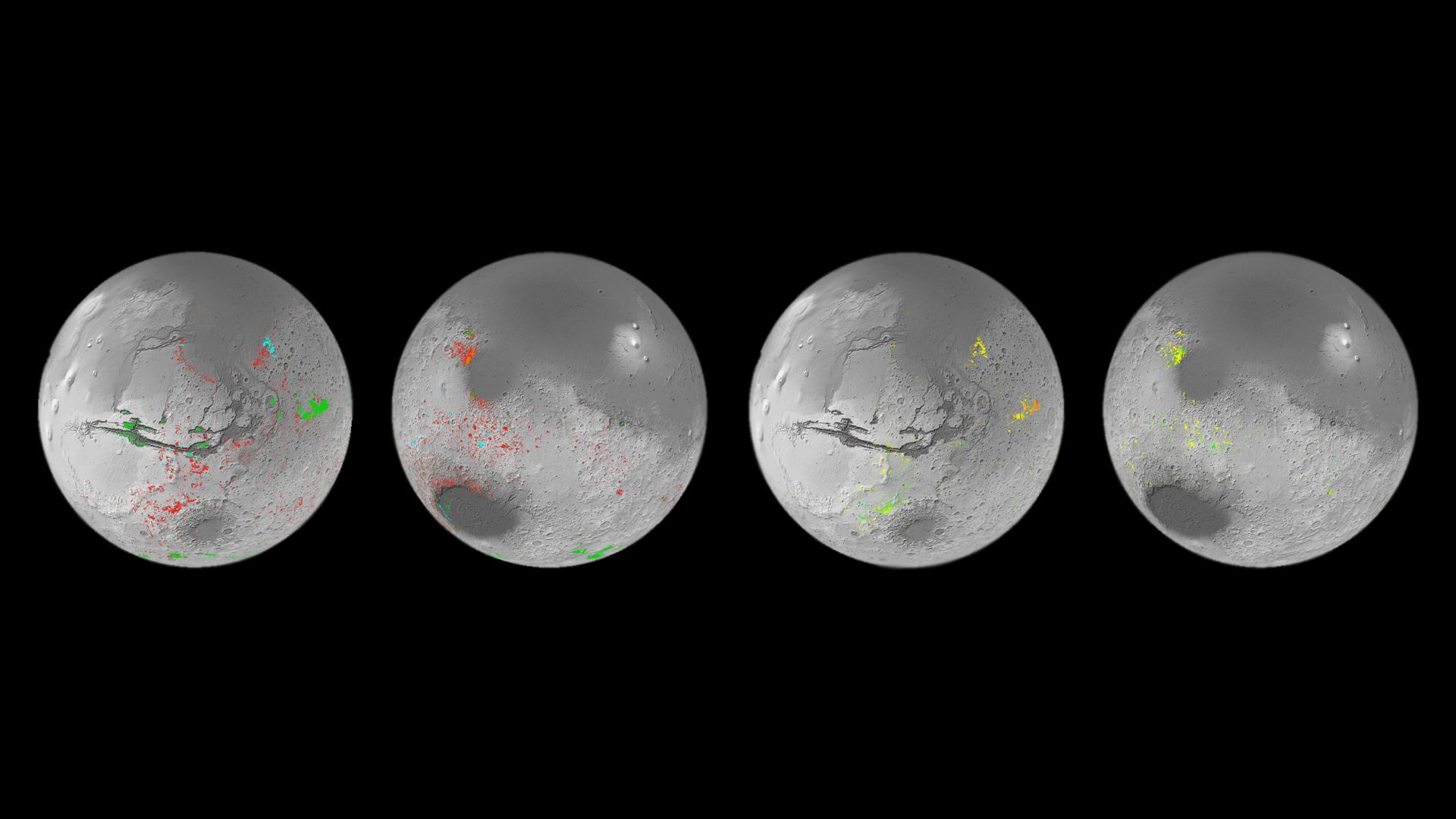If history has taught us one thing, it is that science fiction often gives way to science fact. Consider the Star Trek communicator and the rise of flip phones in the late 1990s and early 2000s, or how 2001: A Space Odyssey predicted orbiting space stations and reusable space planes – like the International Space Station (ISS) and the Space Shuttle. And who can forget Jules Verne’s classic, From the Earth to the Moon, and how it anticipated that humans would one day walk on the Moon? Almost a century later, this dream would be realized with the Apollo Program.
The latest comes from Cornell University, where a team of researchers has developed a novel in-suit urine collection and filtration system inspired by the suits the Fremen wore in Frank Herbert’s Dune. Once integrated into NASA’s standard spacesuit—the Extravehicular Mobility Unit (EMU)—this system has the potential to provide astronauts with additional water while reducing the risk of hygiene-related medical events. In short, the stillsuit technology has the potential to enable longer-duration missions on the surface of the Moon, Mars, and orbit.
Continue reading “Dune-Inspired Stillsuits Could Allow Astronauts to Recycle Their Urine Into Water”









